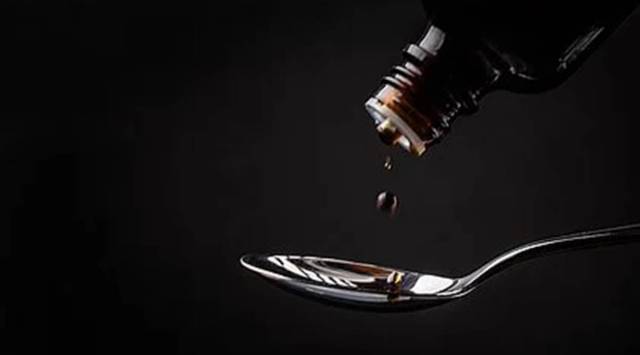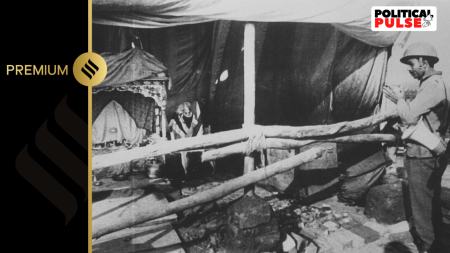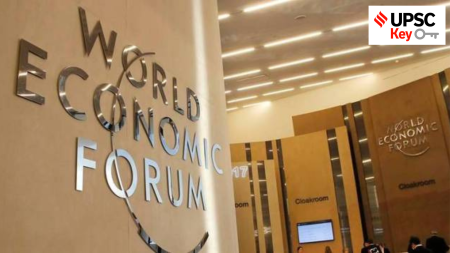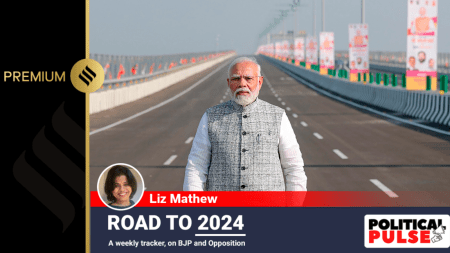The World Health Organization (WHO) issued a medical alert after receiving information and photographs of contaminated packaging from the Australian regulator Therapeutic Goods Administration and the affected countries — Marshall Islands and Micronesia.
The Punjab-based manufacturer claimed that it did not sell syrups to the West Pacific nations. In response, WHO stated in an email that the alert was issued to “ensure countries are aware and to protect their populations.”
When asked if the agency confirmed the authenticity of the products, the WHO spokesperson replied, “In cases like these, it is possible for a third party to distribute to other countries. Our investigation is ongoing, and I can’t speculate on the specifics of this case.”
The agency mentioned that it was still collecting information from the Australian regulator on the number of samples collected from the two countries and the number found to have unacceptable quantities of the contaminant di-ethylene glycol and ethylene glycol. Additionally, the WHO is awaiting information on any adverse events or deaths potentially linked to the syrups from the affected countries.
“The products were sampled during planned market surveillance campaigns and analyzed by Therapeutic Goods Administration… WHO cautiously issues Medical Product Alerts only after due diligence and receiving actionable information from those impacted,” the spokesperson stated. “In this case, WHO received information and photographs of packaging from Therapeutic Goods Administration and the affected countries.”
The agency mentioned that it alerted the Indian regulator — Central Drugs Standard Control Organisation (CDSCO) — on April 14 and 24. The WHO also reached out to the manufacturer and marketer on April 12 and is awaiting information from them.
Sudhir Pathak, MD of Punjab-based QP PharmaChem, stated, “We have received no emails from WHO. How can we ignore any mail from them? We export drugs to many countries. I came to know of the issue only when CDSCO and state drug control officers came to our factory.”
Pathak expressed that the inquiry should not have reached his company if all documents had been properly inspected. He also questioned how the drugs reached Marshall Islands and Micronesia and where the samples were picked up from. He suggested that in an investigation like this, the regulator should trace the medicine from the retailer to the wholesaler and check the import source. He emphasized that his company did not sell the drug.
“When we export drugs, we send the permission granted to us in India, our own Certificate of Analysis, and testing done by a third-party lab along with the products. Without these documents, the customs of no country would let our products enter. So how did it enter these markets?” Pathak said.
Pathak had previously suggested that the contamination could have been a result of Cambodian buyers diluting it with other solvents, or someone selling spurious drugs under his firm’s name.










